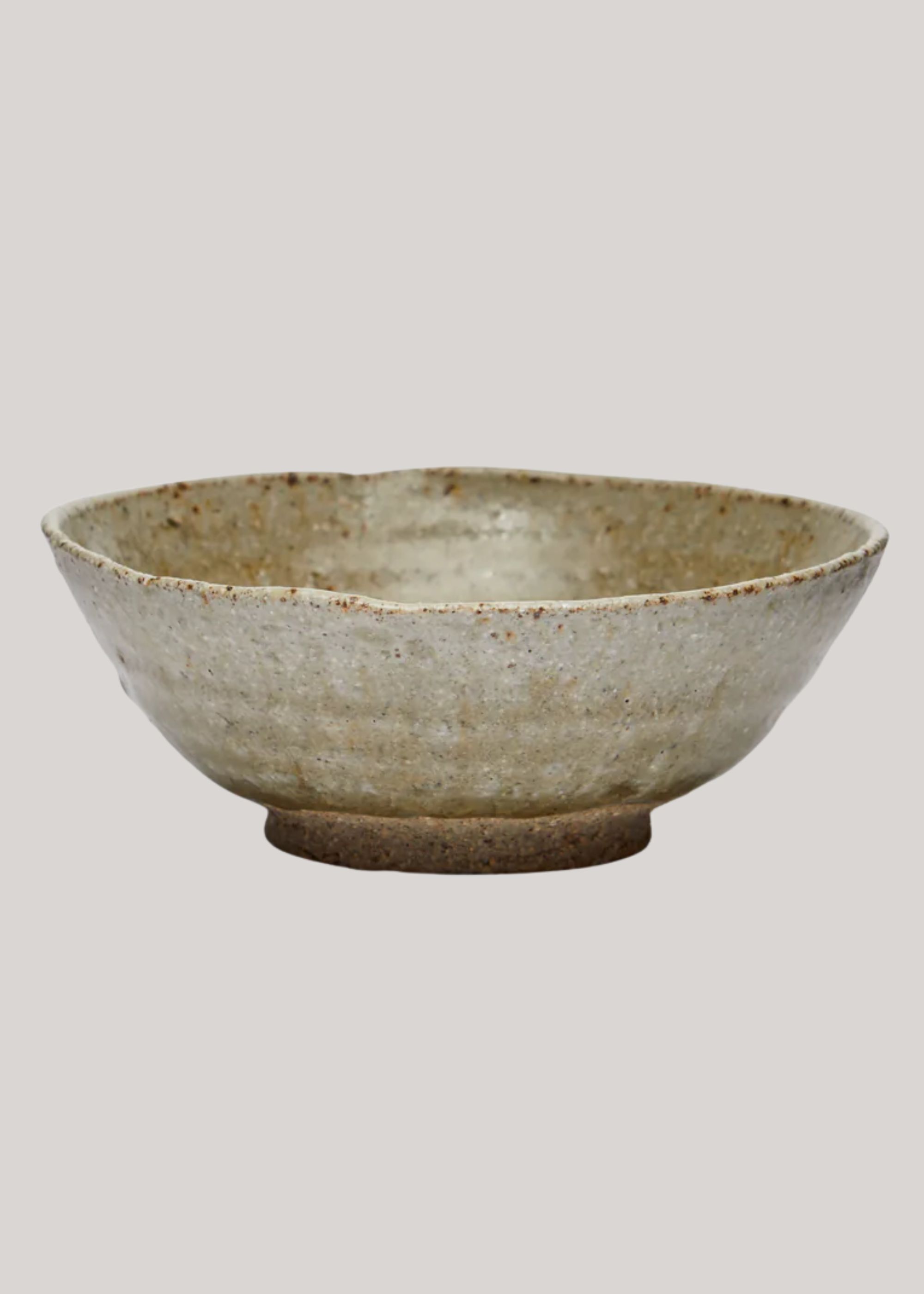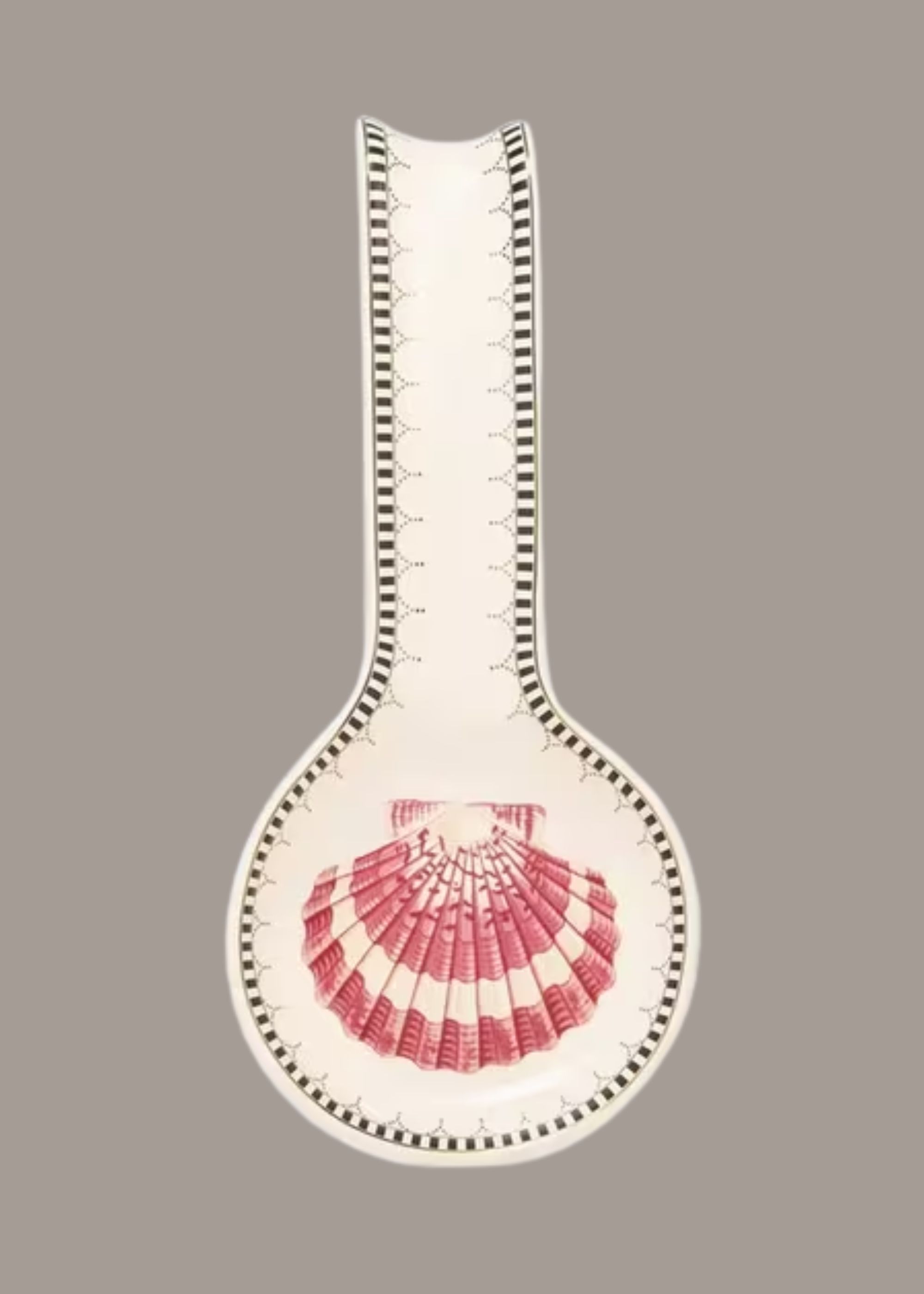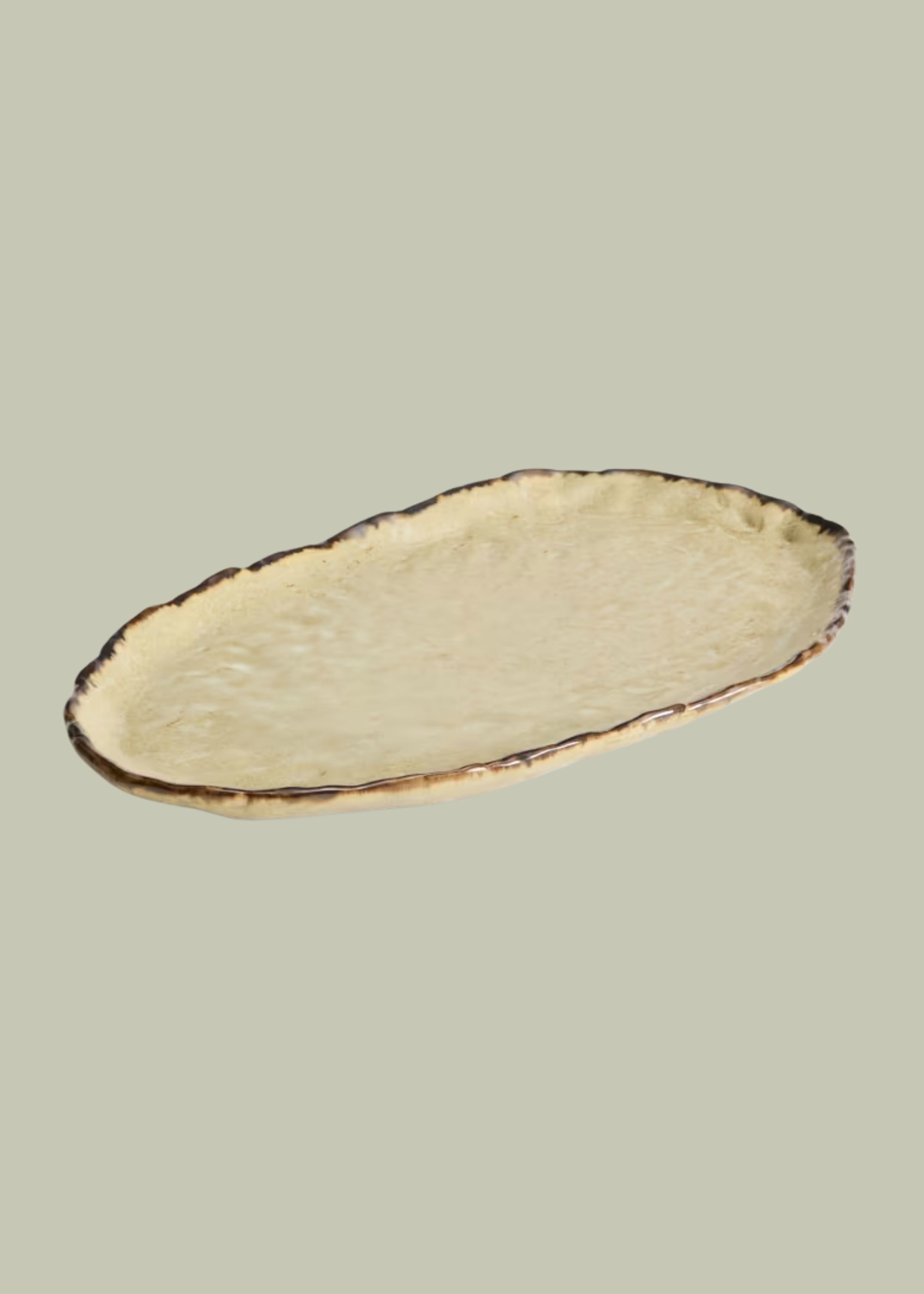Do Stone Slabs or Tiles Make for Better Kitchen Backsplashes? The Pros and Cons of Each, and Which Renovation Experts Would Actually Pick
We called in the experts to find out which material is worth it when it comes to your kitchen, and here's what they had to say about it
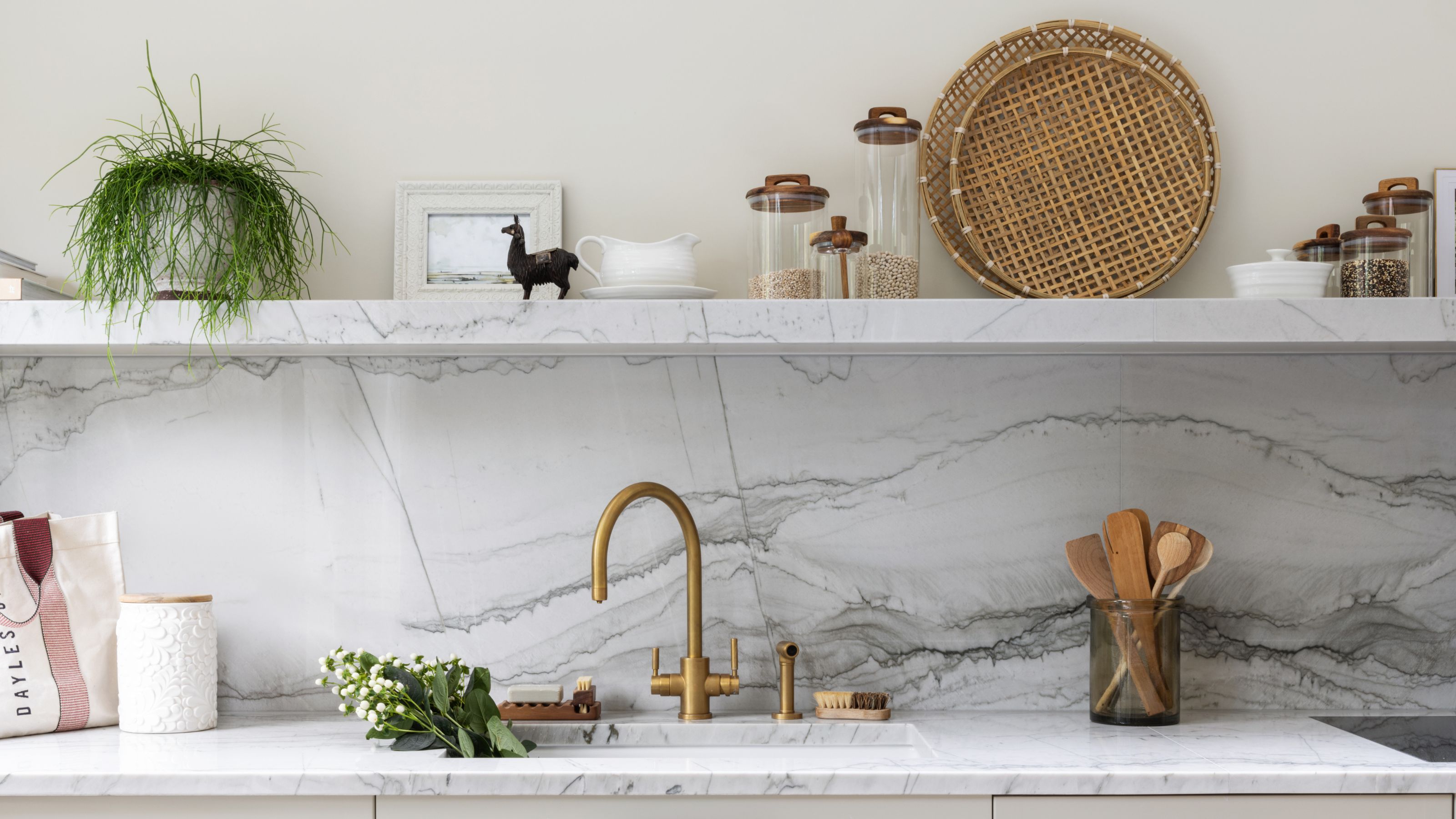

Stone or tile? It's a question we've all had in our minds when renovating a kitchen, and more importantly, choosing the right backsplash for your space. During my small kitchen reno, figuring out which options to choose from was by no means an easy task, which is why I had to take note of the pros and cons.
Kitchen backsplash ideas are many, and finding the right material that's durable, easy to clean, and easy to assemble is key. So, which is better, stone or tile? Stone is known for its strength and heat resistance properties, whereas tile is easy to clean and maintain. Both have their advantages, but it's time to put both head-to-head.
To better understand these materials, I spoke with a few kitchen designers and experts to determine the differences between stone and tile and learn about their pros and cons. Here's what they had to say about it.
Stone Vs Tile: What's the Difference?
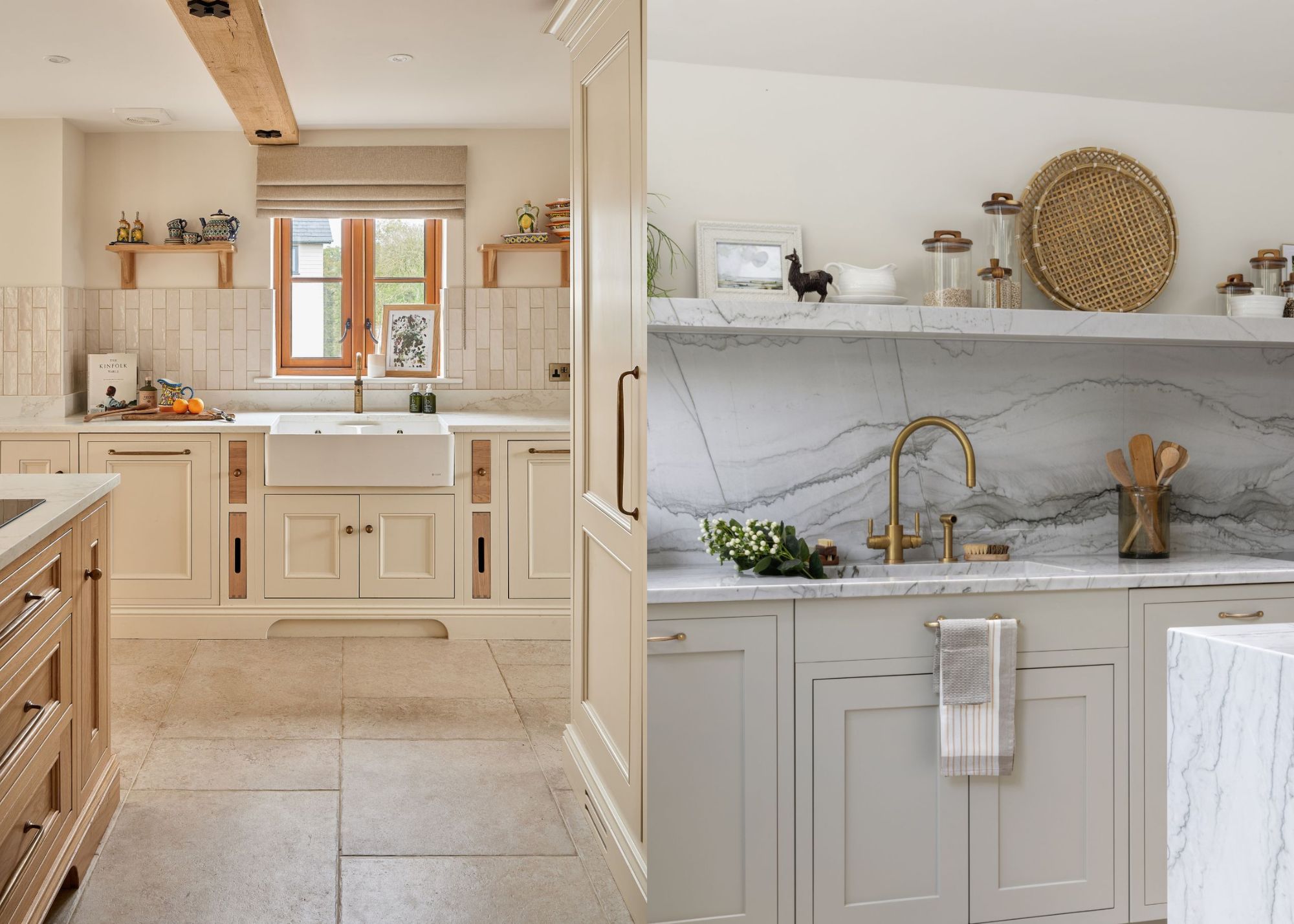
Each has its pros and cons, but which is the ideal choice?
If you've narrowed down your backsplash materials for your kitchen makeover and you're down to choose between stone or tile, first, it's important to note the differences between the two.
Lauren Cherkas, a tile expert from Artistic Tile, tells me, "Both natural stone and tile backsplashes protect walls from water and heat, which is vital in the kitchen. The most important difference between stone and tile is style. A person’s aesthetic preference should determine what they purchase for backsplash material."
So, which one works better for your modern kitchen ideas? Let's break it down.
What Are the Pros and Cons of a Stone Backsplash?
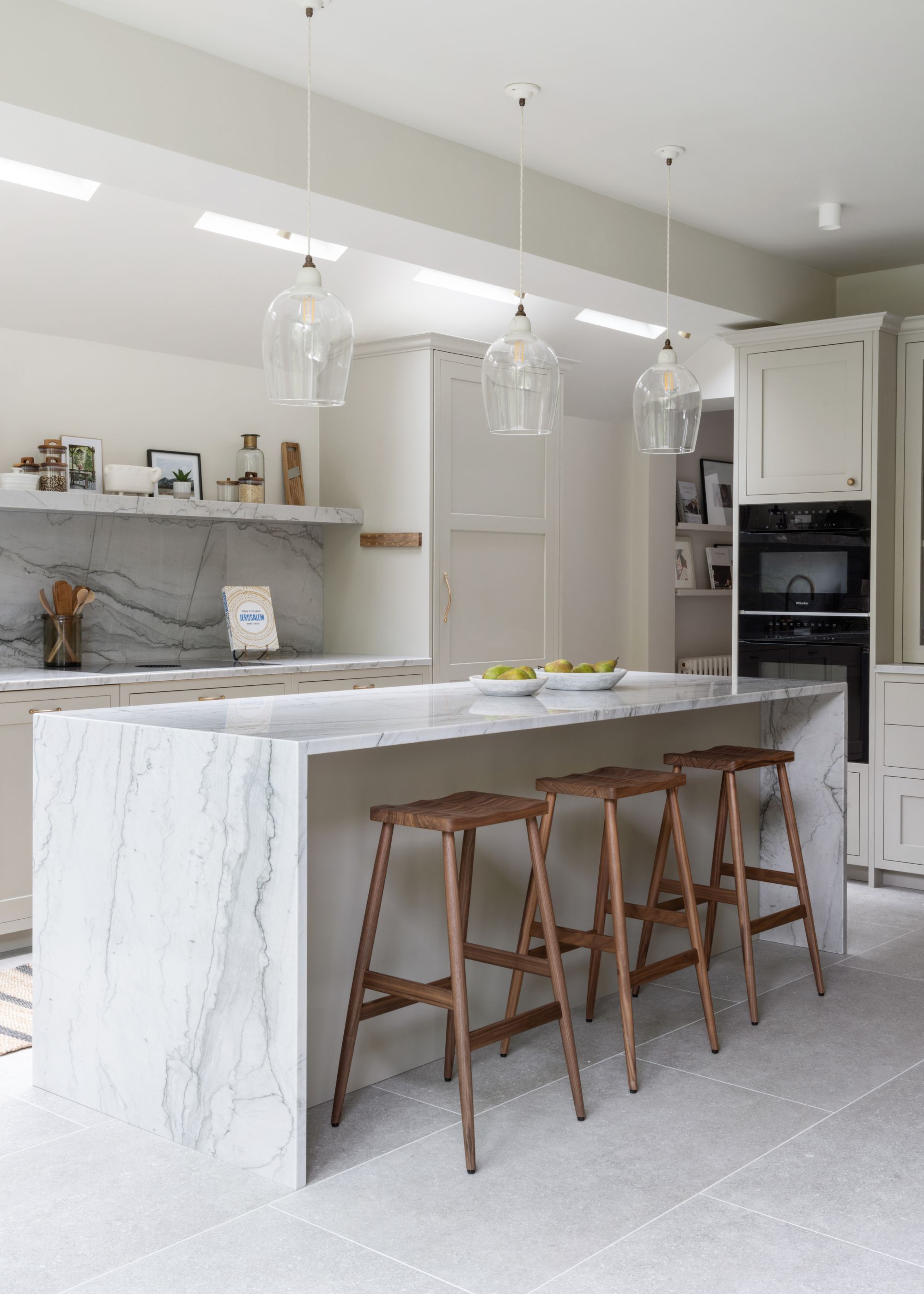
It's durable and beautiful, but what are the disadvantages to this material?
If you're keeping up with the latest kitchen stone trends, then you'd know that different forms of this material have been making rounds in design-led spaces, including marble, quartzite, and so much more. But what are some of the pros and cons of opting for a stone backsplash?
The Livingetc newsletters are your inside source for what’s shaping interiors now - and what’s next. Discover trend forecasts, smart style ideas, and curated shopping inspiration that brings design to life. Subscribe today and stay ahead of the curve.
Grazzie Wilson, Head of Creative at Ca’ Pietra, says: “A stone backsplash is cut from a single slab of marble, granite, or quartz, creating a seamless surface with minimal joints and natural variation in tone and veining."
With stone, Grazzie notes that the big win is that seamless look and the wipe-clean ease you get from having almost no joints. She continues, "The trade-off is cost and complexity: slabs are heavy, fabrication around sockets needs precision, and lead times hinge on templating. Tiles swing the other way. You gain creative freedom and simple repairs — chip one, replace one — while accepting grout lines that need periodic care and a look that’s intentionally more detailed than a slab."
Lauren adds that a stone backsplash, "adds unique beauty to your kitchen because the material is created by nature, displaying colors and vein patterns found only in nature." But a disadvantage would be that "a natural stone backsplash may initially cost more than tile, but it is an investment that improves a home’s resale value. Homeowners need to consider the fabrication and installation costs as well."

Grazzie Wilson has worked in the interiors industry for more than a decade and at leading tile and stone brand, Ca’Pietra, she heads up creative, oversees product collections and the company’s distinctive brand.
What Are the Pros and Cons of a Tile Backsplash?
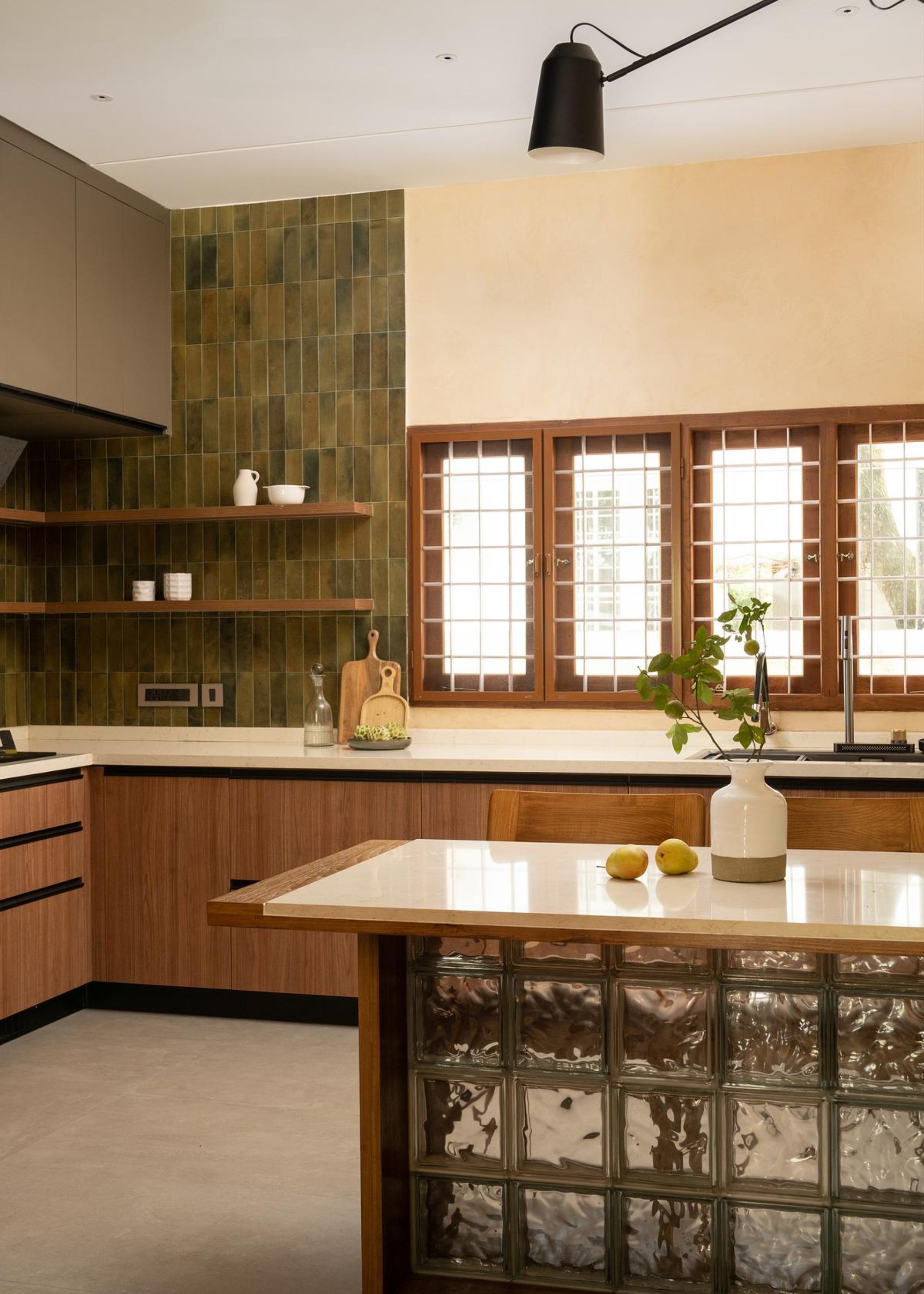
It's time to take a deep dive into tiles.
But if you're one who loves to follow kitchen tile trends and want to bring it into your home, then be sure to take note of these pros and cons.
"A tiled splashback is made up of individual pieces — ceramic, porcelain, glazed or stone — giving more scope to introduce color, texture and pattern through layout and grout choice," explains Grazzie.
So, what makes tile so special? Well, for one, it's less expensive than a natural stone slab, and you can also get a range of different cuts, shapes, and patterns out of it. For example, in my kitchen, we opted for a herringbone design with tiles. Although it took a little longer to install, I believe it was well worth it for a small kitchen.
But there are some disadvantages to tiles, too. "Due to grout lines, a tile backsplash does not offer a seamless look," explains Lauren. "A tile backsplash adds an additional contractor to the process for tile installation, as opposed to using the same fabricator as the kitchen countertop."
What to Consider
When going through a kitchen makeover, it's important to take note of the costs and how much budget you'll need to keep aside.
"On budget, a short run in slab stone typically starts from around £800 installed and can move into the low thousands with premium marbles or taller full-height returns," explains Grazzie. "A tiled splashback can begin at £40–£120 per m² for the tiles — though it can run to more — plus labour and sundries, scaling with format and finish."
Whichever route you take, however, Grazzie says it's important to plan the practicalities early: "set socket heights before anyone templates, decide how far you’ll run behind the hob, choose your edge or trim detail, and agree whether you are stopping at the wall units or taking it to the ceiling," she notes. "For upkeep, seal natural stone; for tiles, choose a quality grout and consider stain-resistant or epoxy options in busy cook spaces."
Add Elements of Stone Into Your Kitchen
FAQs
What Is the Best Material for a Kitchen Backsplash?
Ultimately, the designers say there is not one material that takes the crown. It is essentially up to you what you choose!
"It’s about how you cook and how you want the kitchen to feel," says Grazzie. "For low-maintenance durability, porcelain tiles are hard to beat. For a sleek, uninterrupted statement, a quartz or natural-stone slab delivers instant calm. If you want personality under good task lighting, ceramic and hand-glazed tiles bring tone, texture, and pattern that make the whole room sing."
Now that we've tackled the kitchen backsplash, what about your worktops? It's time to see which out of matte vs glossy kitchen countertops the experts recommend and why. Read on to find out!

Faiza is the Renovation Editor at Livingetc. She previously worked for The Independent as a News Feature Writer, where she crafted lifestyle, entertainment, and news stories. She also worked as an Audience Editor for the newspaper for almost two years. Thriving in the busy newsroom, Faiza also spent her time crafting stories for Sky News as an SEO reporter, where she produced stories based on trending topics. Lifestyle and interior design have been areas of interest for her for some time, and as she advances in this field, she will continue to refine her skills in all aspects of design. Faiza has a background in SEO, social media, and reporting. Her passion for writing goes beyond her work as she loves all things poetry and creative writing.
